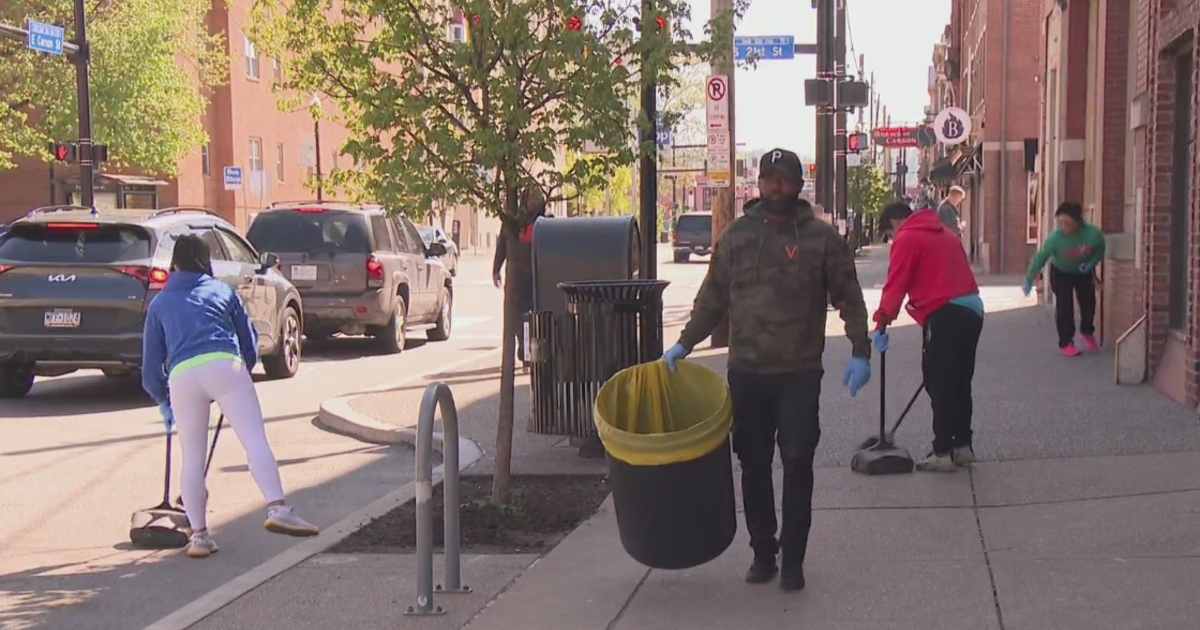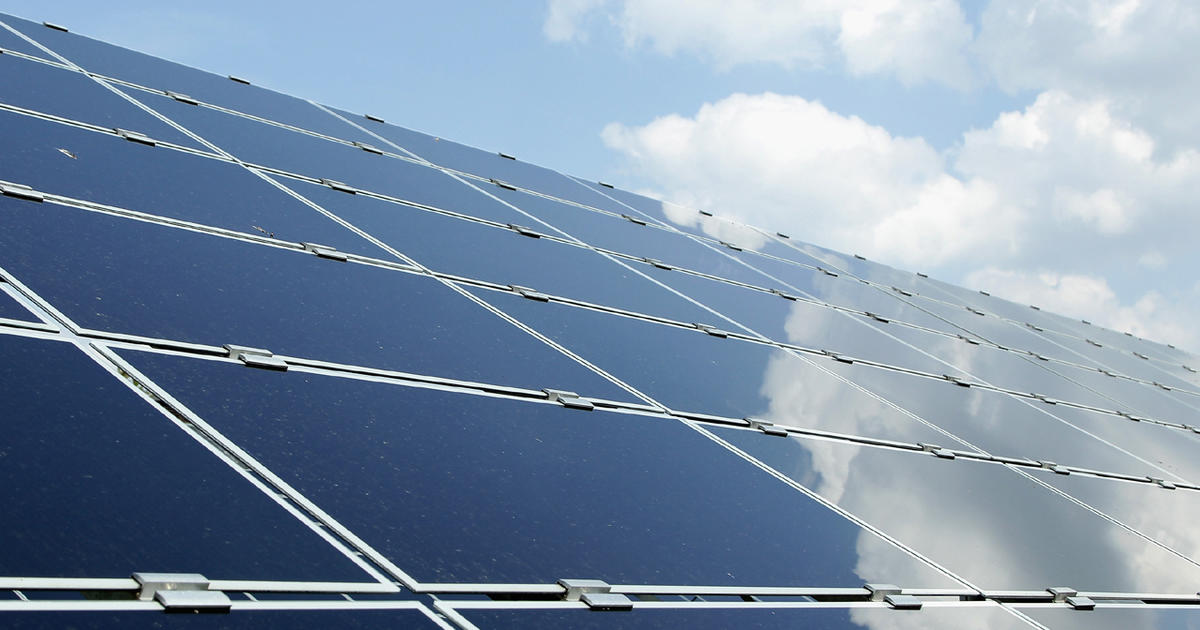Army Corps Of Engineers Closely Monitoring Frozen Rivers, Water Levels
Follow KDKA-TV: Facebook | Twitter
BADEN (KDKA) -- Using a fully loaded coal barge as a battering ram, with ice pushing up in jagged piles in front of the accompanying barges, the Vernon M. Weiland slowly made its way down the Ohio River near Baden.
The progress was painstaking as the ice and barges groaned at the enormous pressure brought to bear by the tow boats powerful engines. The U.S. Army Corps of Engineers Pittsburgh Chief of Operations, Kathy Griffin, says it's critical to get the coal through.
"The vessels are moving commodities that are so important to the delivery of fuel, heating and electricity to the homes around the region," she said.
In other words, to keep you warm.
KDKA's Meghan Schiller Reports:
The Corps says the power plants keep about a 20-day supply on hand but depend on regular resupply barges arriving on time. The freezing of the rivers has substantially slowed those deliveries.
Griffin says the area between the Dashields and Montgomery dams is a particular problem spot. The Miss Kate was tediously opening a navigational channel by pushing an empty barge sideways near the Ambridge-Aliquippa Bridge, crushing the ice in its path.
The Army Corp of Engineers is also using its locks to help.
"As vessels move through and break up ice, what we do is we essentially lock through the ice to continue the downstream movement of that ice," Griffin said.
The deep freeze that has gripped the area since Christmas has led to a daily thickening of the ice.
National Weather Service Hydrologist/Meteorlogist Lee Hendricks says, "On the Mon River, ice is 2-3 inches thick. On the Allegheny, it's 2–4 inches, and above Natrona, I wouldn't be surprised if there was 6-7 inches of ice up there in some places. And on the Ohio River, some of the ice they have there is 4-6 inches thick. Tow boats can't go through 6-inch ice. It damages hulls."
Beyond navigation and not being able to get coal to electric plants, the compounding of ice on our rivers raises the threat of ice jams and flooding. But for that to happen, Hendricks says the warming this week and rain at the end of the week would have to be significant.
"Some of that rain will further help erode the ice. But it's not going to be enough rain to break the ice out," Hendricks said. "The significant ice will stay in place."
At least for the immediate future.
That said, Hendricks worries the frozen-over Allegheny could become too much of a temptation and someone will try to walk across it.
"There is a big difference between a lake where people go ice fishing and a river where the water under the ice is continuing to flow," he said. "It may be thick enough to support your weight right now where you are standing, but move 3 feet to your right or left and you may be in the water."



